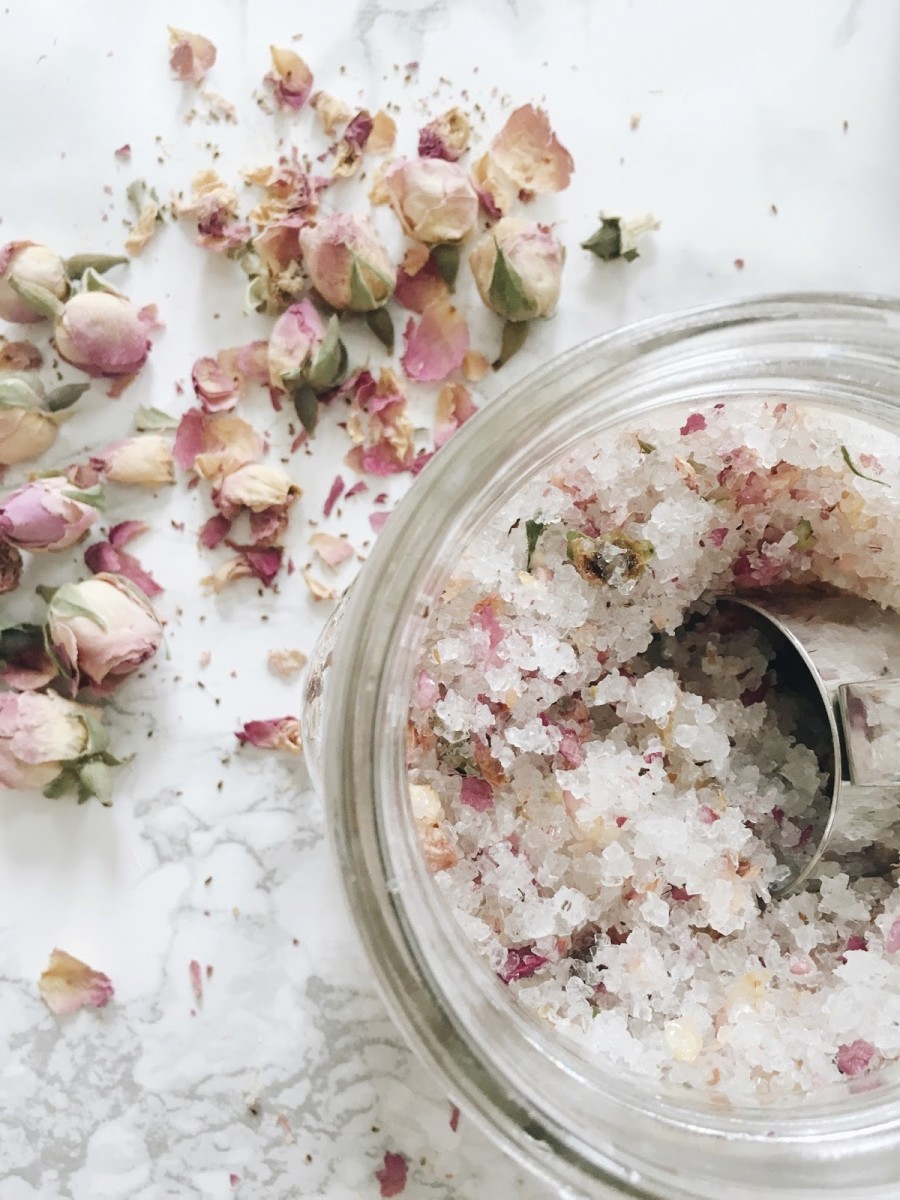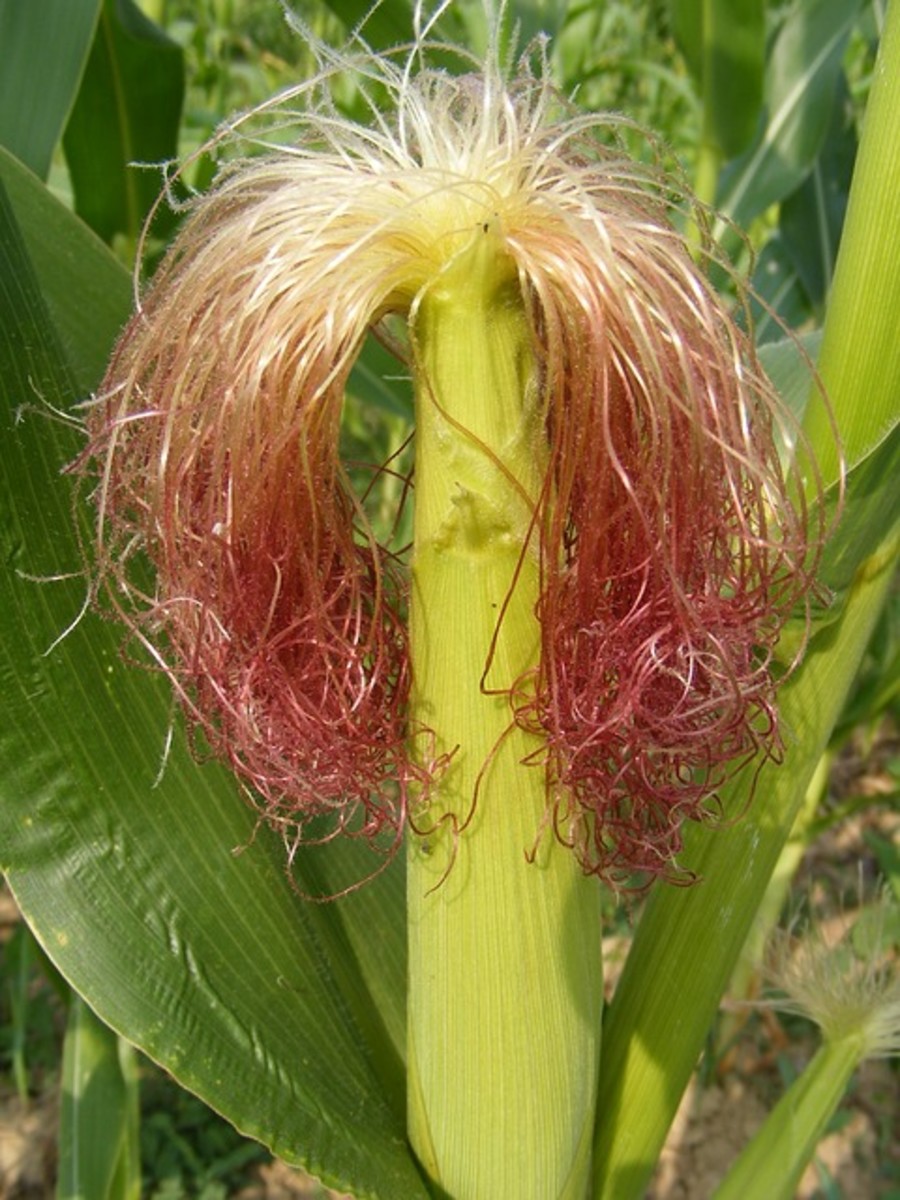How to Harvest Rose Petals

Getting Started Harvesting Rose Petals
Rose petals have long been harvested and used as a symbol of love and romance, but they have many other practical and ornamental uses. Besides being strewn across a table, floor or bed for their beauty and scent, they can be used in teas, jams, potpourri, medicinal syrups and more.
Before harvesting your rose petals, you must consider some very important safety factors. Roses are very likely to be toxic. Chemical pesticides, fertilizers, and systemic rose food make the flowers extremely toxic. Exhaust from cars will also make roadside plants dangerous for consumption. The best way to ensure the safety of the rose petals you intend to harvest is to grow your own. Even if you are growing your own roses, be sure to talk to your gardener or landscaper, if you have one. It is not uncommon for them to feed your roses every year and not even mention it. If you are certain that your roses have been toxin free for at least one year, then the next step is time your rose petal harvest appropriately.
Time to Harvest the Rose Petals
You can harvest your petals throughout the blooming season. As each flower is in full bloom but not yet wilting, cut off the full flower head. Cutting the full flower head will encourage your plant to produce more blooms. You should pick your roses midmorning, late enough for the dew to dry but not so late that they start to wilt. If you are also hoping to harvest rose hips, then stop harvesting the rose petals in early to mid August. Allow the final blooms to age and wither naturally.
Processing Your Rose Petals
Once you have collected your blooms, it is time to process the rose petals. Pesticide free roses are likely to carry a lot of insects so this step is best done outdoors. Carefully remove the petals from the rosehip by gently pulling the petal across the center of the of the bloom until it releases. Pulling and tugging in any other direction will result in mostly torn petals. Discard any that are wilted or damaged. At the bottom of the petal, you will notice a small white patch. This should be removed using small sharp scissors. Leaving the white part behind will cause a bitter taste.
Drying and Storing Rose Petals
Finally, you need to prepare your harvested rose petals for storage. You can rinse the petals with cool water and allow them to air dry. If you plan on using the petals within 48 hours, you can store them in the refrigerator. To dry your rose petals spread them in a thin layer on a well ventilated surface like a mesh drying rack or wicker basket. Place the petals in a location away from direct sunlight with plenty of gentle air circulation. Do not try to speed the drying process by placing them in the oven; this will destroy the fragrance. When they are completely dry, the rose petals will be brownish and very crispy, like cornflakes. Store the petals in an airtight glass jar in a cool dry location.









